Last week we got a note from a customer that started off like this:
Thank God I had watched your tire changing video and purchased your Tire Changing Kit. Yesterday driving through the mountains leaving San Diego headed to Texas I had a blow out. We didn’t realize it until I pulled in for gas."
The image at the top of this blog is his actual tire.
As the old tire sales pun says: there's a lot riding on your tires. But there's nothing funny about tire safety, as this customer's story illustrates.
Your trailer tires do a big job, and they don't ask much of you in return. But when a tire blows or is run flat, it often throws off tread which can whack the Airstream and damage the body and wheel well. That can cause thousands of dollars in damage.
Luckily, this customer's experience did not result in significant body damage, although he did later find a crack in the plastic wheel well lining when he took a closer look.
The good news is that he was prepared with the right tools to change the blown tire at the gas station. The bad news is that he was traveling without a Tire Pressure Monitoring System (TPMS), which would have diagnosed a problem before the tire blew. He's since vowed to purchase one.
As Airstreamers and RVers everywhere head off for summer trips, this is what we like to call "Tire Season." Here are 3 things you must do now:
1. INSPECT YOUR TIRES
There are two parts to this inspection:
Check the tire pressure. Ideally you should have a tire pressure monitoring system, which not only tells you the pressure before you leave the driveway, but that also continuously monitors pressure while you are on the road.
Alternatively, you can use a tire pressure gauge.
We recommend setting the pressure to the maximum recommended by the manufacturer. This information can be found on the Federal Certification label on the outside of your Airstream. For trailers, this is typically 65 or 80 psi, and often higher for motorhomes.
It's ok to run the highest rated pressure printed on the sidewall of the tire. Your Airstream is extremely tough and doesn't need "soft tires" to survive. Much of the ride quality comes from the built-in suspension of the torsion axle.
Inspect the exterior of each tire. Look for cracks, as well as embedded objects such as screws or nails—anything that might work its way out of the tire (and along with it, the air).
Also look at how the tire is worn. Look for patterns where the rubber may be thinner in one spot or side which could be due to an alignment issue or other problem that needs attention. I illustrate both of these in this video:
Consider also whether it's time to rotate the tires, or if they need to be replaced. You'll find more detail about when it's appropriate to do both in my book, but in short, here's when your tires are likely in need of replacement:
- The tread is less than 3/32 of an inch
- The tire has worn unevenly, or strangely
- The tire is more than 5 or 6 years old
- You see a bulge in the tread or sidewalls
- The tire has been run while seriously underinflated
- You found cracks (called "checking") during your visual inspection
Remember two things when you replace a tire: get a new stem for the tire, and follow the recommended torquing schedule after the new tire is replaced. That means using a torque wrench to check the lug nuts at least three times over the first 100 miles of towing.
A torque wrench is an essential tool to carry in your rig. Without it, you can't know if the lug nuts are tightened to the correct specification. Too loose or too tight lug nuts can result in the tire coming off while you are driving.
2. GET A TIRE PRESSURE MONITORING SYSTEM (TPMS)
The safest way to keep track of your tire inflation during travel is to install a TPMS. Such systems use sensors, which are screwed onto the valve stems or placed inside the wheel, to monitor the pressure while you are on the road. The sensors communicate with a remote monitor in the tow vehicle, which will alert you if the tire becomes dangerously under-inflated, or over-inflated (usually from overheating of brake or wheel bearing parts).
Some TPMSs also monitor the tire temperature, which is useful to help you understand what's going on during travel. For example, if you notice a tire running hot, it's a sign to pull over and check things out.
Why should you spend the money on a TPMS? Simply put: you cannot see or feel a change in tire pressure while you are driving. Which means you won't know to pull over before it's too late. Evidence the customer in the beginning of this blog who had no idea his tire had blown until he stopped for gas.
For years, I've recommended a TPMS as essential safety gear. We use and recommend the TST TPMS because it's the most reliable on the market. Regardless which brand you choose, get a TPMS and install it before you travel this year. If you've been "ok without it all these years," you are living on borrowed time.
If you're a newbie, check out this Newbie's Guide to TPMS: 17 Answers to Common Questions.
3. BE PREPARED WITH THE RIGHT TOOLS TO CHANGE A TIRE
Your Airstream came with a lot of great stuff, but not the tools to change a tire. At most, you'll find a 4-way lug wrench in your Airstream, but you'll need more than that—and, you'll need written instructions, too. A YouTube video won't be helpful if you get a flat outside of cell service (which is quite common).
The AIR GEAR Tire Changing Kit includes high quality tools and instructions for changing a tire yourself, or having someone help you. It's what got the customer who wrote us about his tire blowout back on the road. He shared this photo of himself changing the tire.

Most importantly, our Tire Changing Kit includes a high quality torque wrench that enables you to tighten the lug nuts properly. And no Airstreamer should ever leave home without one of those.


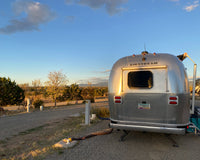

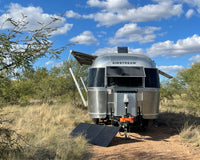
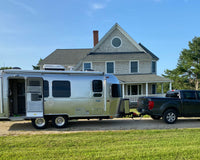
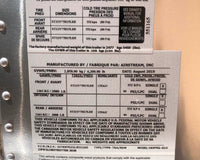
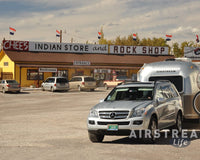

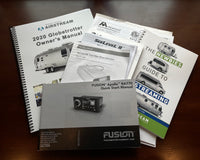
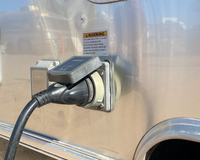
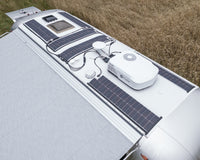
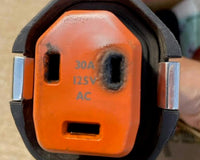






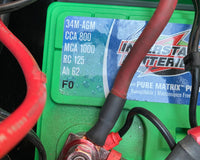
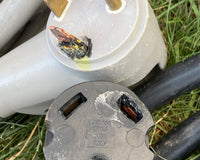
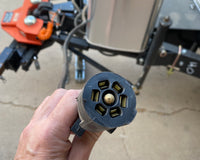
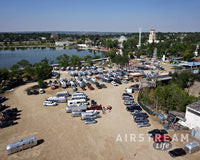
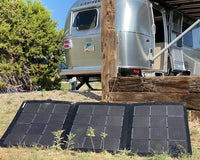
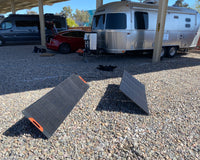
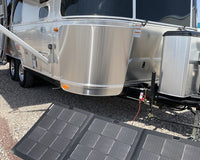


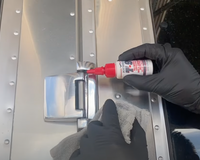
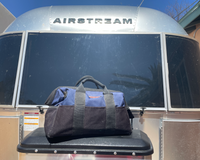



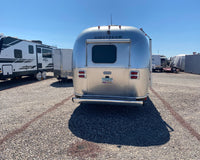
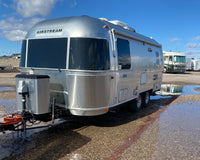


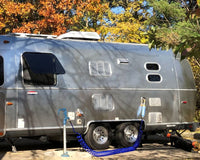

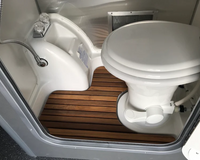

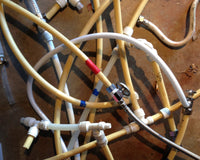
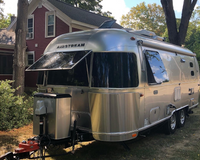
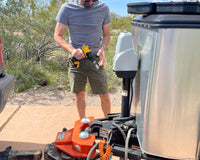
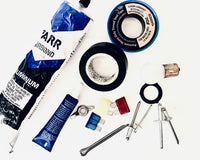
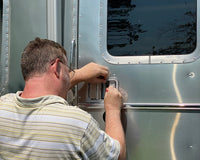
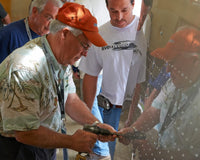
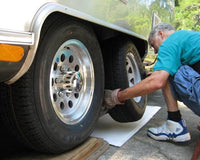
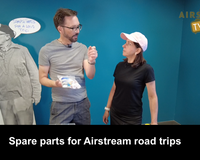
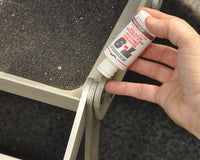
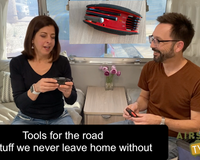
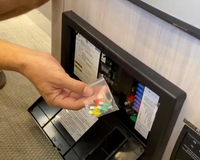
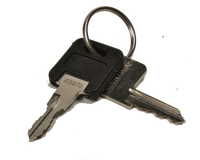
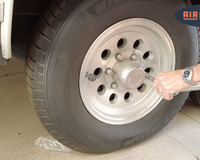
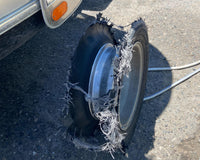
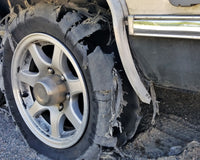
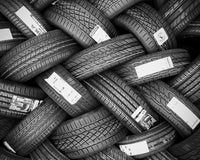
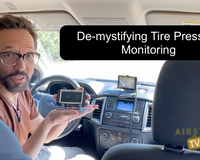
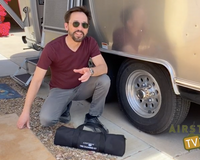

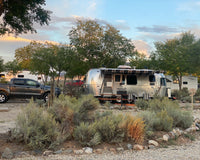
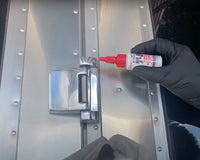

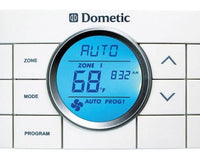
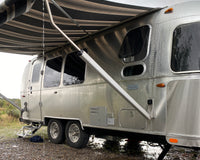
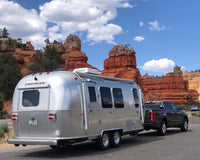
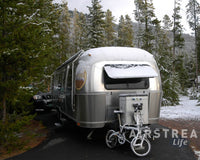
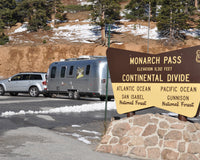
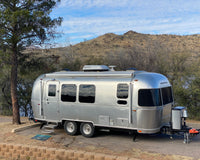
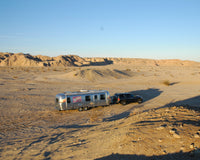


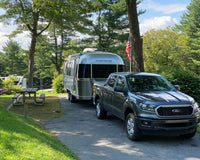
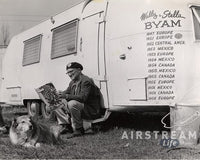
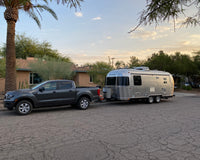
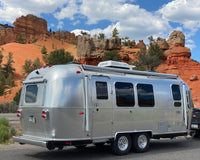
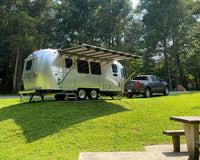
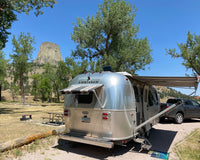
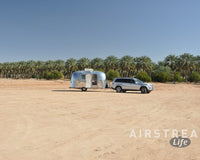



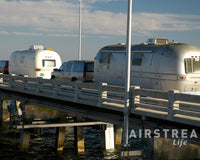
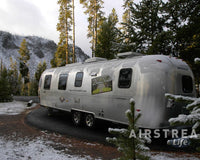
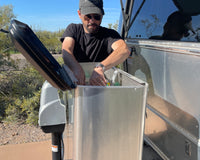
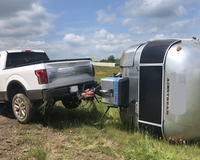


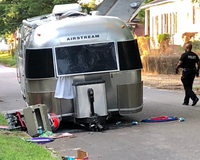


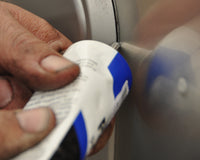
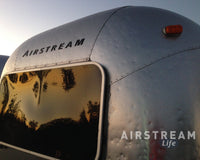

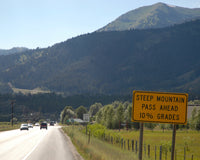
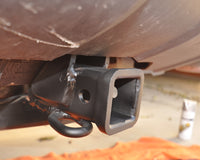
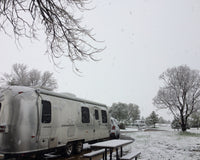
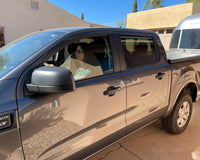
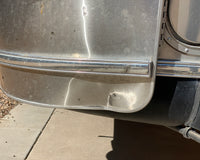

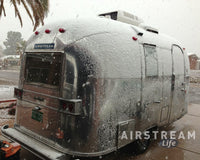
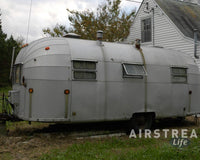
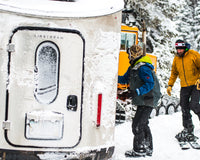
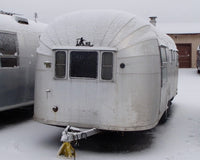
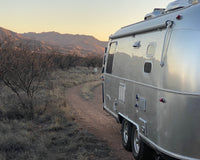
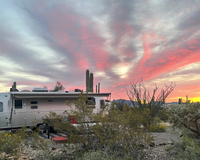
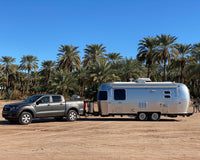

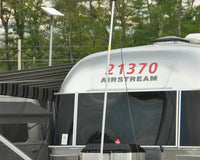
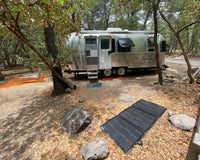




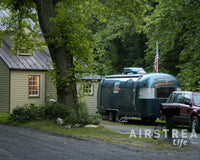
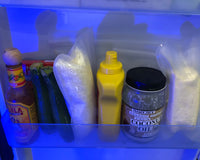
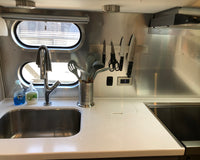



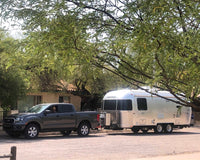
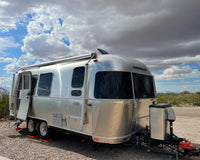
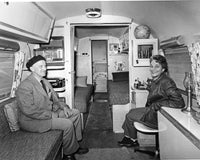
5 comments
Brian Powers
Question on tire pressure. I have a 30’ International Serenity with the 15” wheels and Goodyear Endurance tires. When traveling in warmer weather, and leaving when it’s cold outside, naturally the tires have lower pressure. Example, I travel with 78 psi, in the cold the psi drops to around 73 psi. Should I be pumping up the ties to 78 psi if I know the temperature is going to be much warmer. I.e. we are in Colorado now and the mornings can get to low 40’s but then hit mid to upper 80’s. Thoughts?
Rich Luhr
Brian, you should set your tires to the pressure you want, when they are cold (typically in the morning before you head out), as long as that pressure is below the “MAX COLD” rating printed on the sidewall of the tires. The tires will warm up and go above that pressure as you travel, and that’s perfectly OK. The tire manufacturer takes that into account.
You should reset the pressure if the expected temperature changes significantly, but that’s rare. An example would be leaving Minnesota in February where temps are running 15° to 40°F most days. As you get to Arizona where temps are running 45° to 70°F in February, you’ll probably want to let a little air out of each tire so that they are still showing 78 psi in the morning.
A severe change in altitude (such as going from Colorado to Texas) would also likely require an air pressure adjustment. This is another situation when a TPMS comes in handy, because you’ll always see the pressure in all the tires every day.
Paul Allen
Rich, we’ve a 2019 International Serenity 23, with new Goodyear Endurance tires. Have learned of other AS owners who consult Goodyear (https://www.goodyearrvtires.com/pdfs/rv_inflation.pdf) to ascertain best tire pressure, based on trailer weight – somewhat less than the 80 PSI indicated on the side of the tire. Their reasoning seems sound to me, but I’d like to know your thoughts about this approach to determining right inflation pressure.
Rich Luhr
Paul, please read this blog:
https://www.airgear.store/blogs/airstream-life-store-blog/whats-the-right-tire-pressure
We discuss that exact topic in detail. Short answer: if you go by Goodyear’s printed guidelines and weigh your trailer regularly, you can do what you are suggesting. But the strategy has risks and may not be necessary.
Brett Nelson
I have a 2022 Globetrotter 27’.
I’m getting ready to replace my wheels, and go from 15" wheels too 16" wheels so we can get into better tires. To go away from trailer tires and get into truck tire and better chance of not having a blow out. The biggest thing is to alway know your tire pressures & tire temperatures.